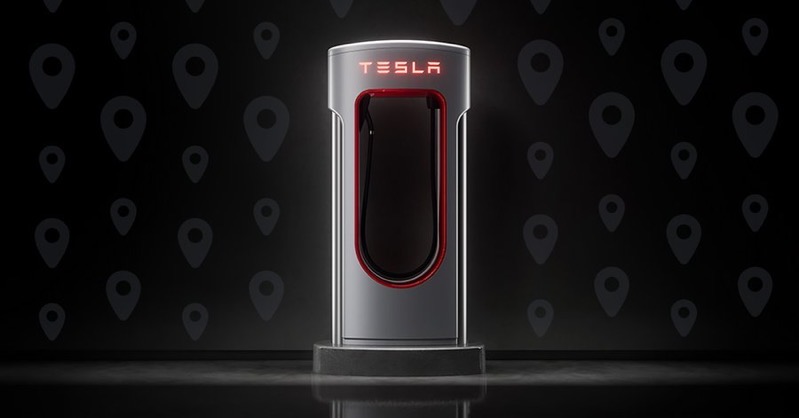
Tesla to Share Supercharger Network in Canada’s EV Expansion

The Canadian government, in conjunction with Tesla, is making substantial strides towards a more environmentally-friendly future. In a bid to improve accessibility to electric vehicle (EV) charging stations and inspire more Canadians to embrace electric cars, Tesla will open a part of its existing Supercharger network to non-Tesla electric vehicles.
Tesla has already opened up its Superchargers to non-Tesla vehicles in the U.S. and Europe.
To facilitate a seamless transition to EVs, the Canadian government is ensuring drivers have access to a nationwide network of charging stations. To date, over 45,000 chargers have been installed in various locations, such as highways, public places, residential buildings, workplaces, and fleet vehicle hubs.
The Natural Resources Minister, Jonathan Wilkinson, recently announced federal support for 30 Ontario-based organizations. These partners will assist in installing nearly 2,000 new Level 2 and Level 3 chargers in various locations, with additional funding provided for five existing EV projects. This move represents almost $25 million in federal investments, bringing the total to over $35 million, thanks to contributions from the 30 organizations and their partners.
Tesla’s contribution to this initiative is significant. Later this year, Tesla will pilot an open Supercharging route for EV drivers between Sudbury and Ottawa. By the end of 2025, 750 charging connectors at public locations will be available to non-Tesla EV drivers, including at least 350 250kW Superchargers. These open chargers will span across Canada, with the route covering the Trans-Canada Highway from Ottawa to Calgary.
Moreover, the Canadian government offers incentives to encourage EV adoption. The Incentives for Zero-Emission Vehicles Program provides up to $5,000 to Canadians to help offset the initial costs of an EV. With over 210,000 incentives already distributed, Canadians can anticipate substantial savings on fuel and maintenance, amounting to over $1,000 per year by opting for an EV.
As Wilkinson stated, the government is steadfastly supporting the made-in-Canada EV economy. From securing jobs at the Volkswagen Gigafactory to the announcement of nearly 3,000 new chargers across Ontario, Canada is investing in a cleaner, greener economy.
As the 2035 electric vehicle target approaches, the partnership with Tesla, industry workers, and local and Indigenous partners is expected to create new jobs and provide affordable transportation options across the country.
Yesterday, we saw Tesla announce a partnership with Ford, with the latter adopting the former’s EV charging connector standard, for access to Superchargers.
Now, we’re seeing Tesla partner with the Canadian government to open up its Supercharger network. Every time a non-Tesla EV pulls into a Supercharger, they get to experience how easy charging is. It’s essentially subliminal advertising for Tesla. But it also may add more congestion to busy Superchargers that were previously exclusive to Tesla owners.

